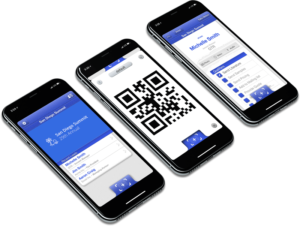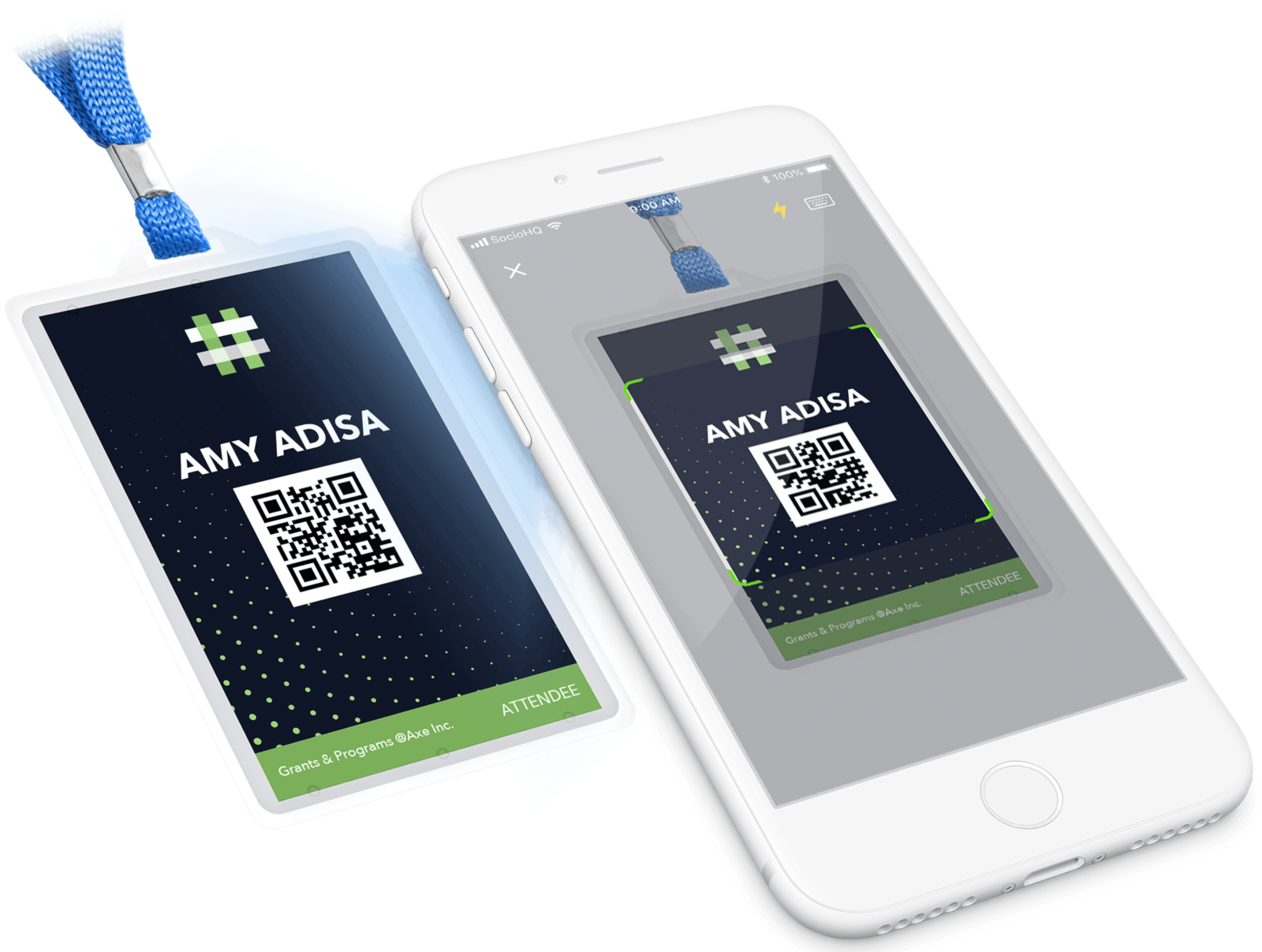 There is a lot the goes into planning a successful trade show. However most trade show leads do not get followed up on. The ones that do get followed up on are often done so too late. However, there is hope. In today’s world, we need to capture leads and effectively manage them in order to properly follow up with them.
There is a lot the goes into planning a successful trade show. However most trade show leads do not get followed up on. The ones that do get followed up on are often done so too late. However, there is hope. In today’s world, we need to capture leads and effectively manage them in order to properly follow up with them.
LEAD CAPTURE
Todays trade show uses badge scanners and have put things like business bowls and contact forms behind us. However, there are many lead capture apps for you to choose from. Typically the company putting on the trade show will be able to provide a scanner for you. However, there are things to consider if you go a different route. Some things to consider would be price, available technical support, compatibility with your staff’s mobile OS, the ability to input your own unique number of qualifying questions, offline capabilities, business card scanning functionality and the software’s ability to link up with your own CRM.
LEAD SCORING/RANKING
So many of the badges scanned at shows will belong to prospects, not true leads. So it’s important to work with your sales team to determine which qualifying features separate prospects from people with no budget or purchasing authority. Quite often, factors such as the prospect’s title, industry, and company size help determine whether a prospect matches your target demographic. Marketing and sales should work closely together to make sure these qualifying attendee characteristics are understood and recorded at the time of lead capture. An important step is training before the show on asking qualifying questions.
LEAD DISTRIBUTION
Lead distribution has been shown to positively impact both post-show follow-up and conversion rates. While a round-robin distribution system is easy to implement and ensures that all reps get an equitable share of trade show leads, it doesn’t ensure that leads are matched to a given rep’s expertise or skill set. Your should look at the leads and assign them accordingly. Thing to take into consideration are geography and language, product or service interest, and of course the reps performance. Low performing reps that convert less leads shouls not be given the best ones. Those should be resevered to the reps that convert the most leads.
LEAD NURTURING
All prospects should be immediately entered into your CRM. Any first-tier, sales-qualified leads who expressed an interest in your product or service should obviously be followed-up with right after the event. While the sales team reaches out to them via phone, marketing should be sending out emails attempting to scheduling a demo, consultation, or other next-step engagement for the sales force.
The remaining, 2nd-tier show prospects may not be ready to buy just yet, but you will want to stay top-of-mind with them so that they immediately think of your company if and when they are ready to make a future purchase. Using your marketing automation software, you’ll want to send this group a series of post-show emails, to continually expose them to your informational website content.
Your first contact should come immediately after the show, thanking the prospect for visiting your booth. A week or so after that, you might follow up with a small piece of quick-read, visual content such as a video or infographic. If the prospect engages with that content, you might then follow up again another week with a link to a slightly longer article or blog post on your website. That article, in turn, might include an embedded call-to-action, encouraging the user to download an even more detailed spec sheet, case study, whitepaper or eBook. The prospects who dive into this deeper, more substantive content will be more likely to engage with your sales team, even if they are not yet ready to buy. By reading this deeper content, they are essentially “self-scoring,” and your CRM can typically be set up to move these prospects up into the sales funnel, triggering a follow-up call from your reps.
Your third-tier prospects typically end up being the ones who demonstrate low open-rates on your emails, and who show limited to no engagement with your website, even after four or five follow-ups emails and/or calls. While you may feel compelled to purge these low-quality prospects form your list, they are actually still great candidates to add to your seasonal newsletters or remarketing campaigns.
ANALYZE AND ADJUST
Marketing and sales should regularly revisit your lead nurturing campaigns to determine what’s working and what needs adjustment. If prospects are consistently failing to self-score as marketing-qualified leads, you may need to simplify your content marketing, or replace a portion of it with some other type of content that users find more practical or interesting.
Over time, you can use your CRM to track the length of your sales cycle – measuring the average time between when a prospect was first engaged until a sale was closed. Patterns will emerge showing which types of shows, prospects and content marketing result in the most leads and shortest sales cycles, and which trade shows are providing you with the best ROI.





Leave A Comment
You must be logged in to post a comment.